orange has various types of trees such as glen, and these trees are grown in different places, but we need previous information about how to grow them.
The Glen Navel orange tree for sale online is easy to grow and produces very sweet fruits. Glen Navel oranges are prized for their super sweet pitted parts and easy-to-peel skin.
Glen Navel oranges are one of the juiciest navels. They are easy to grow and produce very sweet fruits. Glen Navels are loved for their super soft pitted cuts and easy-to-peel skins. Medium and large navels reach an adult size of 4 to 5 inches in diameter, are bright orange in color, and have slightly bumpy skin.
The fruit is ideal for making fresh juices, for eating from the hand, or for garnishing salads and hearty meals. Glen Navel orange trees have dark green evergreen foliage and.
the trees do not require pruning to maintain their rounded crown shape, which can reach 12 to 15 feet tall and 15 feet wide. Because Glen Navel is self-fertile, these trees don’t need a pollinator to produce lots of tasty fruit.
Sweet, delicious, and easy to peel, oranges are a popular fruit found in most supermarkets. The unusual looking pitted fruit is easily recognized by the partially formed orange belly growing out of the bottom of the fruit.
Navel orange trees are relatively easy to grow in warm climates in USDA hardiness zones 9 through 11 (zone 8 is possible with additional protection). In the United States, navel orange trees are primarily grown in California, Arizona, and Florida.
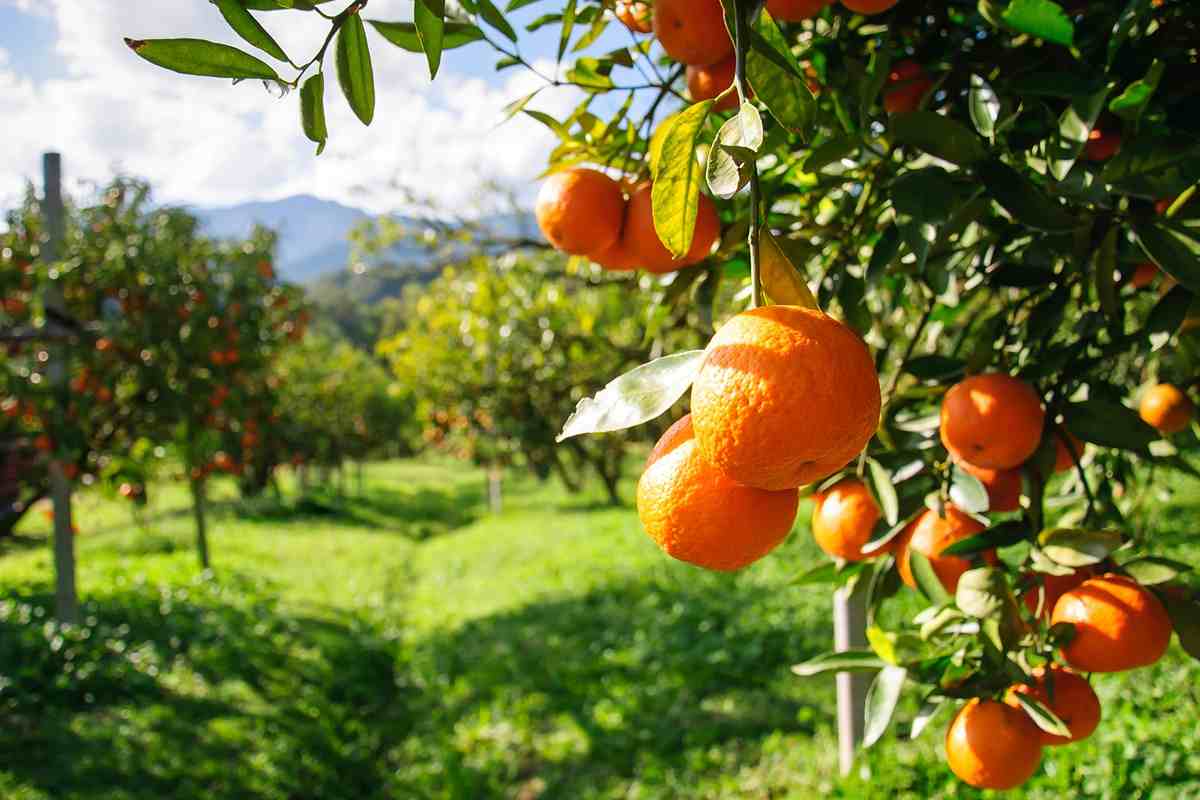
Plant orange trees in early to mid-spring to give the roots time to establish before temperatures drop in fall. If you live in a very hot climate, plant in the fall when temperatures are cooler.
Place navel orange trees in full sun. If possible, place the tree on the south or southeast side of your house to protect it from wind and cold.
Make sure the tree is at least 8 to 15 feet (2.5 to 4.5 m) from buildings, sidewalks, and sidewalks. Navel orange trees need well-drained or sandy soil that allows the roots to dry out between waterings.
Pick up plenty of well-rotted manure, compost, or other organic matter to improve soil quality, but don’t add mulch or peat moss, as they retain moisture. Do not fertilize the tree when planting.
Instead, wait for new shoots to appear in a few weeks. Thereafter, give the growing oranges a good handful of balanced
Harvest the developing fruits in the early years. If you remove the fruit when the tree is young, you can be sure that the energy is being used to grow a healthy navel orange tree.
Glen Navel is deliciously sweet and has large, easy-to-peel fruit. Because Glen is a mutation of Washington’s navel, it can thrive best in warm, humid climates.
The skin of the fruit is slightly rough but easily peeled. Glen’s foliage is dark green with fragrant white flowers. The skin is pale orange, sometimes yellow or red.
Overall, Glen Navel has become one of the most popular navel varieties in humid southern climates. Glen Navel is ready for cold weather in USDA growing zones 9-11.
In all other growing areas, the tree can be kept as a garden plant. If you live in a cold climate, simply bring the tree indoors during the winter.
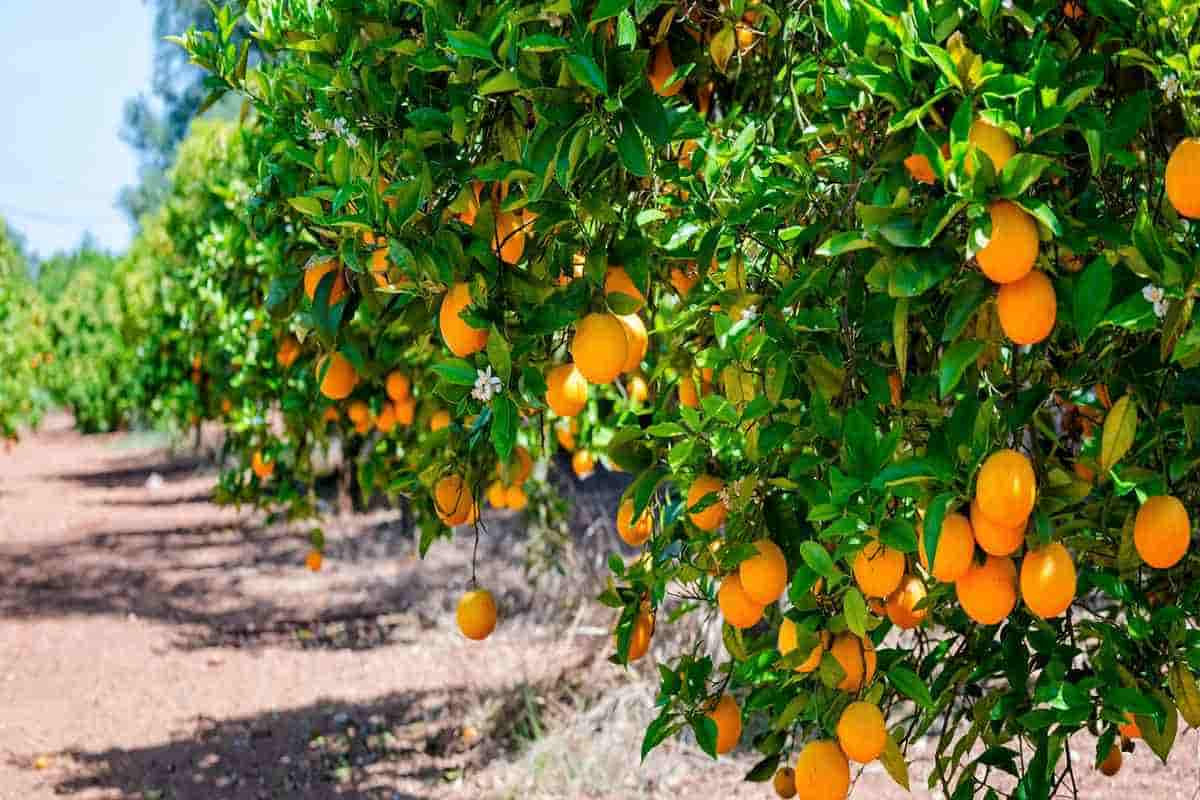
orange tree and how to grow
orange has various types of trees, and we need to know how we can grow this tree.Growing an orange tree is a labor of love, an investment of time, and a great reward for you! There is nothing better than enjoying a bountiful harvest of oranges in your garden and you.
want to make the most of the effort you put into growing your oranges each season; this means you want to make sure you pick them at their ideal point of ripeness so that none of your fruit goes to waste due to being harvested too early or too late.
We are here to help! Read on to learn all about when to harvest oranges, the various factors that affect their ripeness, how to harvest them correctly, and how to store them to get the most out of your annual orange tree harvest.
When determining the right time to harvest oranges, it is important to understand that different varieties of oranges ripen at different rates and differ in their signs of ripeness. It can affect the color, smell, texture of the skin, etc.
It is important to know the details of the particular variety of orange you are growing or harvesting to be sure of the factors that determine ripeness! However, some general principles will help you determine the ripeness of different varieties of oranges.
While the infamous bright orange hue of this particular citrus fruit may seem like the most obvious factor in determining how ripe orange is, color isn’t the only factor in determining how ripe orange is. . In fact, it’s not even the most reliable factor on our list!

Oranges change color from green to their classic orange hue due to a reduction in the chlorophyll content of the peel. As air temperatures rise, orange peel loses chlorophyll, a naturally occurring green compound, changing from green to a familiar shade of orange.
However, a change in fruit color does not necessarily indicate the degree of ripeness, only the warmth of the temperature.
Some oranges can turn completely orange even though they are not yet ripe, while other varieties still have green chlorophyll on the skin even though they are ripe and ready to eat.
Keep in mind that the color indicates that your oranges are moving in the right direction, but it doesn’t necessarily mean that they are fully ripe!
Different varieties of oranges reach full maturity at different times of the year, which will go a long way in helping you decide when to harvest oranges from your tree. For some varieties, the actual ripening period begins between November and June, while others ripen much earlier, around February or the end of January!
However, if you take the time to study the total ripening time of the orange variety you plan to harvest, it will give you an idea of when to expect it to ripen, no matter what the orange looks or smells like at first glance; this can help avoid harvesting too early.
Another important factor in determining when to harvest is the smell of the oranges. You may be one of the many people who have bought.
a delicious orange at the supermarket or market only to peel or cut it and discover that something important was missing: a fragrant citrus essence. And when you bite into an orange, you can’t deny that you bought an unripe fruit.
Ripe oranges almost always give off a very sweet aroma, sometimes too sweet. A pungent or musty odor may indicate under-ripeness.
So, avoid oranges, which smell more pungent than sweet and fruity. If you keep an eye on your tree(s) for when to pick oranges, you can easily tell by tasting one of the fruits that match most of the above factors and checking the flavor.
An unripe orange in flavor cannot be confused with a ripe orange. And once you’ve determined by taste whether or not your oranges are ripe, you can either harvest the whole tree or harvest the fruits individually to determine the flavor factor of each. For many people, deciding when to pick oranges becomes something of a learning curve.

Fortunately, once you know when to pick oranges from your tree, the “how” of picking oranges is pretty simple.
There are only two main ways to harvest an orange. One is a bit more complicated and practical: the orange is separated from the branch with pruning shears, usually leaving a piece of stem attached.
This method ensures that neither the orange nor the branch from which it is harvested is damaged. You can also separate the orange directly from the branch by gently twisting it with both hands until the orange falls off the stem.
If you have taller orange trees in your garden, you may need a ladder to perform the above harvesting methods. You can also spread out a tarp and shake the tree to loosen the oranges.
or you can use a stick or long-handled broom to gently knock the oranges down. Being a less delicate method, there is a greater risk of damaging the tree and the fruit itself.
Storing oranges is just as important as harvest time, as it is a crucial factor in the long-term success of your harvest.
You can store your oranges at room temperature, e.g., B. on the counter or in a fruit bowl, where they are kept for a few days. However, if you have a larger crop, consider storing most of your oranges in the refrigerator, where they can last up to two weeks.
Much depends on the variety of oranges you are growing and what you are planning for the current and future harvest.
If you don’t harvest right away, it’s usually not a big deal; some varieties like oranges, like navel oranges, can stay on the tree for up to four months after maturity and still be viable and are often even sweeter because they have more time to develop higher sugar levels and reduce their internal acidity.
On the other hand, leaving fruit on the orange tree too long can lead to a reduction in the overall harvest, as more green fruit falls off quickly.
allowing long-lived fruit to continue to ripen and ripen. In addition, it can also affect the next season’s harvest, which can lead to a drop in yield.
If you leave certain types of oranges on the branches during the winter months, you should also be especially careful about frost, as this can hurt your oranges and, in the event of an accident, even cost you the entire harvest.These are all important factors to consider when determining when to harvest.
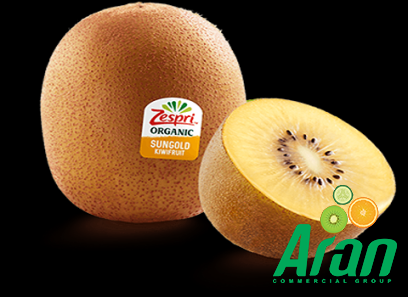
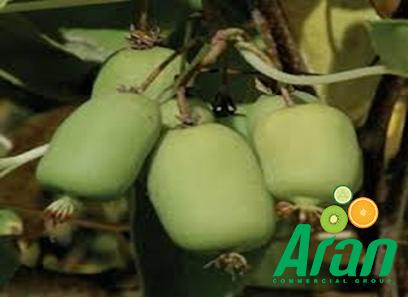
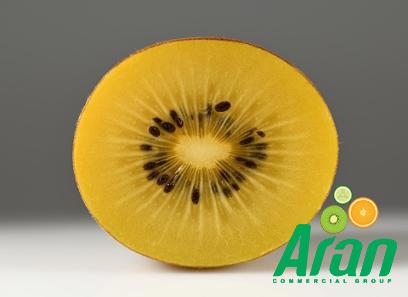


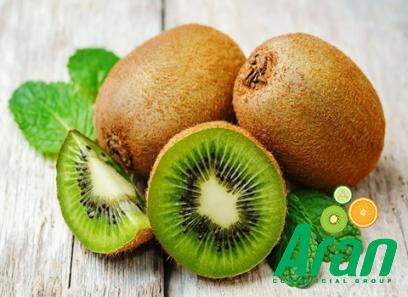

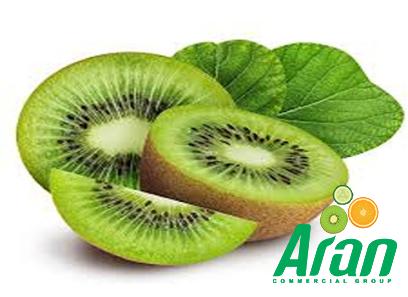

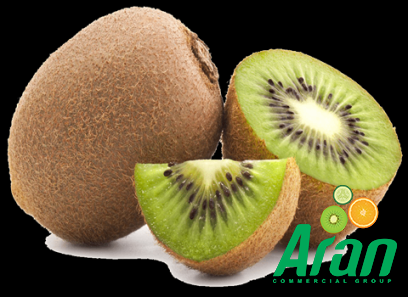
Your comment submitted.